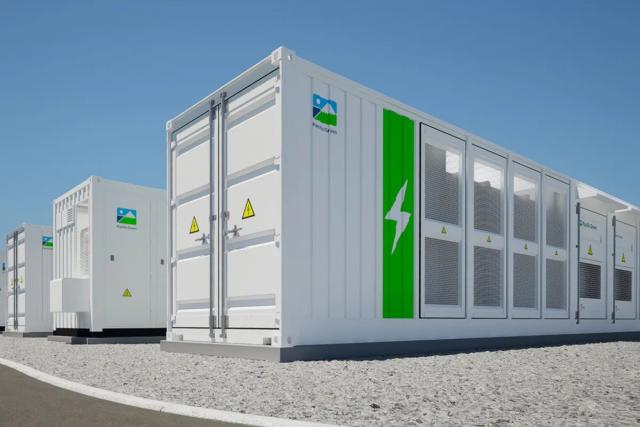Project powering up

Digital Edition
Subscribe
Get an all ACCESS PASS to the News and your Digital Edition with an online subscription
Mixed summer weather greets MGGC men
LAST Thursday's Stableford competition for Mount Gambier Golf Club men was hosted in fine but blustery conditions, with a total of 110 players on...







